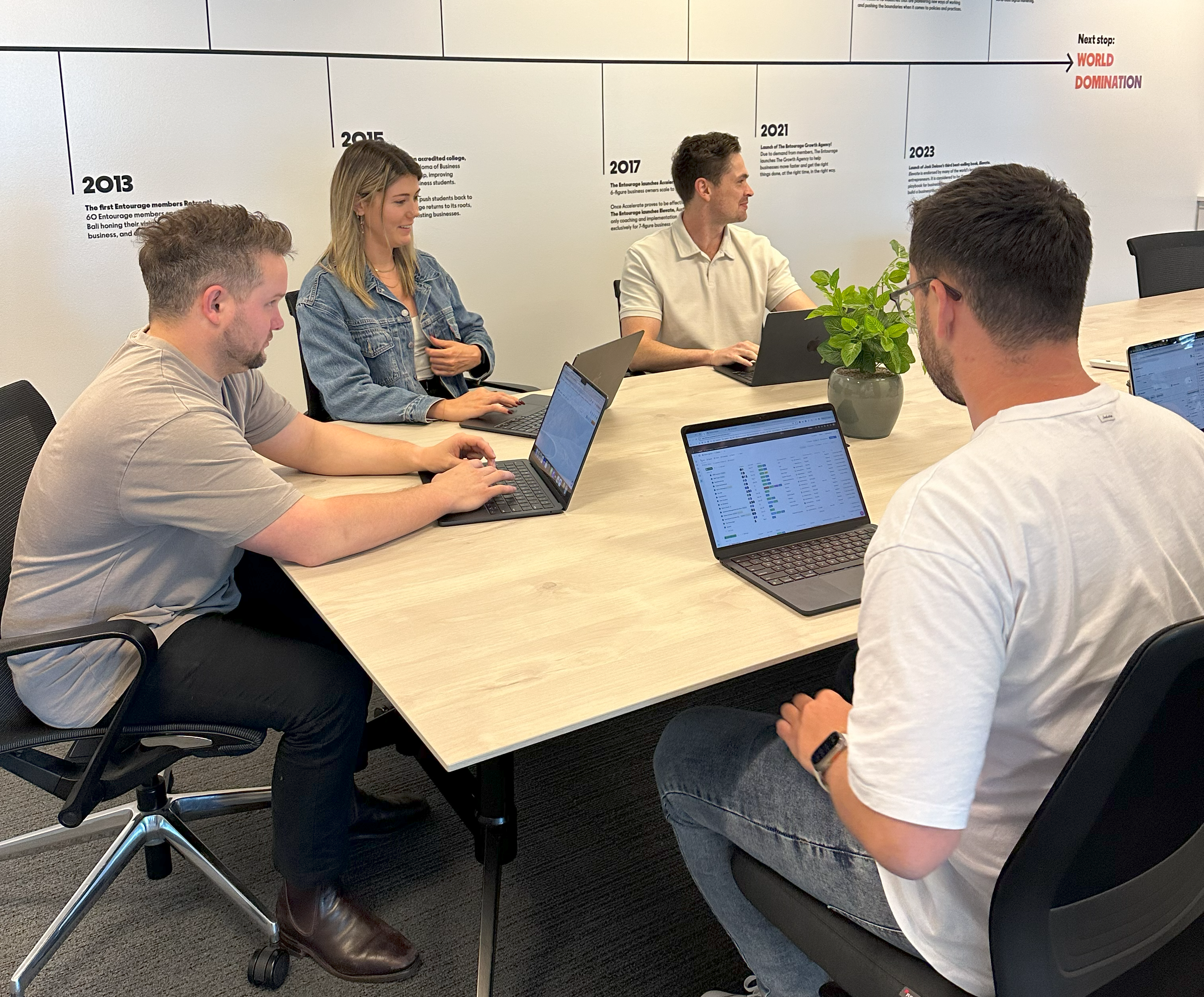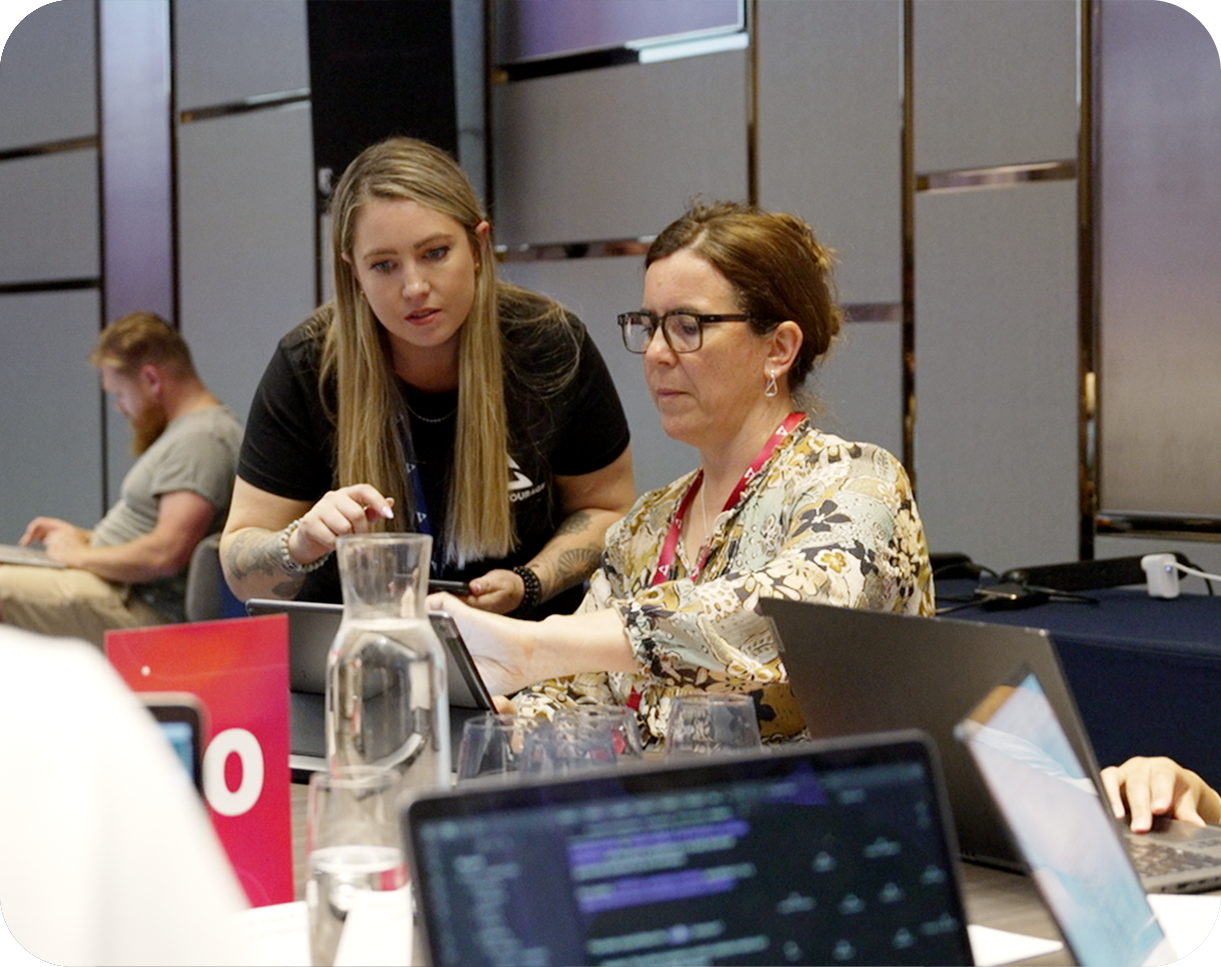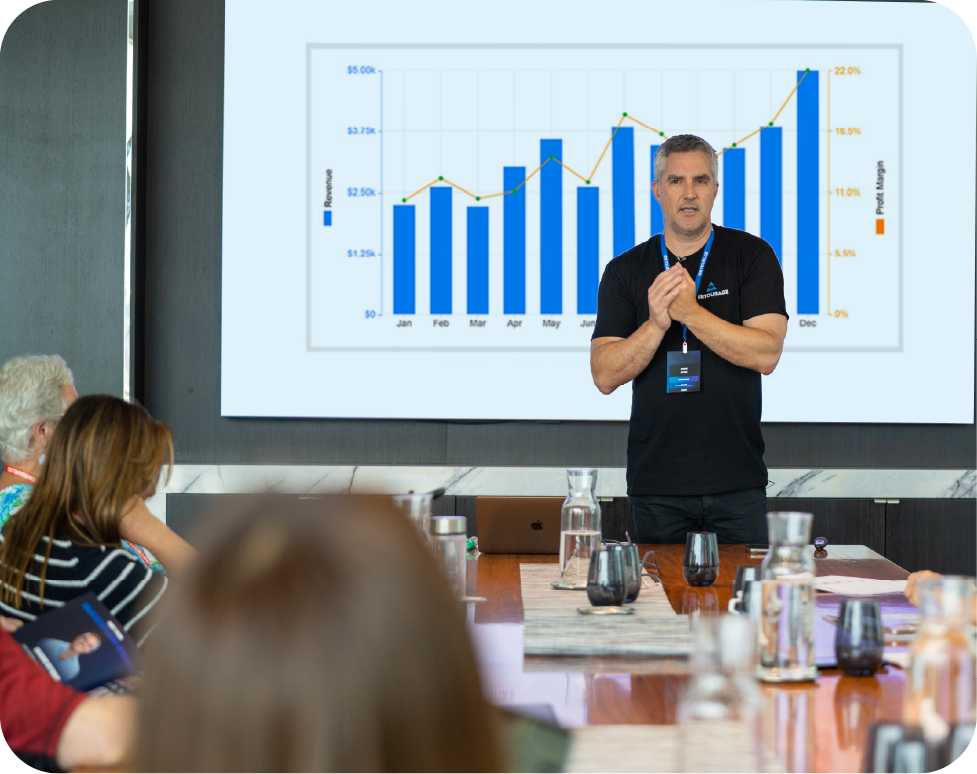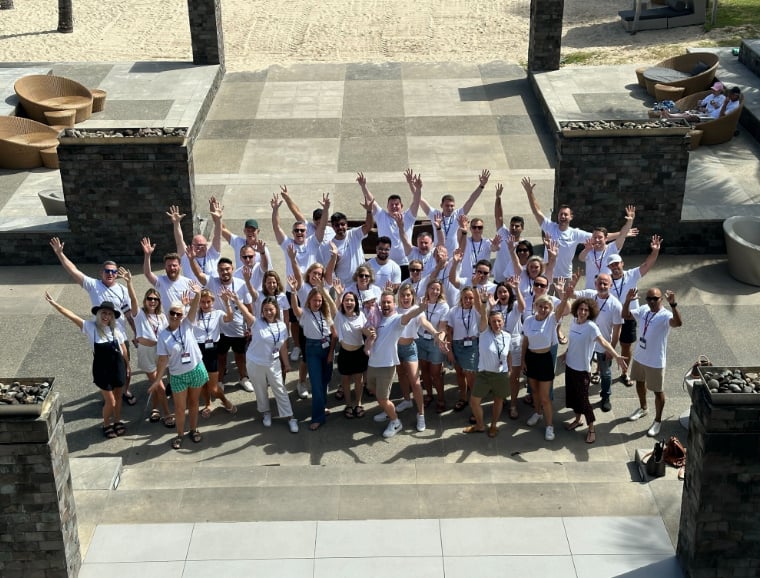In today's rapidly changing business environment, creating a resilient and agile workforce is essential. Companies need employees who can adapt to shifts in the market, technology, and industry trends while maintaining productivity and morale. Below are seven steps to help you build a workforce plan that fosters adaptability and resilience.
Prioritize Strategic Planning
Strategic planning is the pillar of building a resilient and agile team. This approach involves anticipating future staffing needs and aligning your workforce strategy with your goals. Companies can identify skills gaps, predict future labor needs, and prepare for industry trends by creating a comprehensive workforce plan. Leveraging local HR technology providers can be instrumental in strategic workforce planning, as they offer tools to streamline the data collection and analysis process. HR tech platforms provide valuable insights, such as employee performance metrics, turnover rates, and skills assessments, enabling companies to make informed decisions. This support ensures that your workforce is ready to adapt to market demands without a hitch.
Focus on Skills Development and Continuous Learning
A skilled workforce is a resilient workforce. Investing in continuous learning and skills development helps employees adapt to new challenges and stay updated on industry trends. Create a culture that encourages lifelong learning by offering access to online courses, workshops, and industry certifications. Mentorship programs can also be crucial in skills development, providing employees with guidance and support to grow in their careers. By promoting continuous learning, you create a well-prepared workforce for future changes, fostering agility and resilience. Additionally, employees who feel supported in their development will likely remain committed to your organization.
Foster a Culture of Flexibility and Adaptability
Encouraging flexibility within the workplace is crucial to building an agile team. This includes embracing flexible work arrangements to accommodate the diverse needs of employees. A culture of flexibility empowers employees to take ownership of their work while maintaining a healthy work-life balance. Regularly assessing your policies and being open to change allows the organization to stay competitive and retain top talent. Flexibility is not just about remote work; it's also about having adaptable processes, systems, and strategies that can pivot quickly when market conditions shift. By fostering a culture of adaptability, your workforce can handle disruptions without losing momentum.
Develop Strong Leadership and Communication Skills
Leadership plays a crucial role in guiding a resilient workforce. Invest in leadership development programs focusing on emotional intelligence, effective communication, and change management. These skills enable leaders to motivate and guide their teams through uncertain times. Clear communication is essential in helping employees understand the organization's goals, especially during periods of change. Regular updates, transparent decision-making, and open feedback channels ensure everyone is on the same page. Leadership skills can build trust and inspire confidence, even when facing challenges. This creates a stable foundation for a resilient workforce.
Utilize Data Analytics for Informed Decision-Making
Data analytics is a powerful tool in workforce management. Companies can make data-driven decisions that improve workforce agility by collecting and analyzing data on employee performance, turnover, and skills gaps. Predictive analytics can help forecast future workforce needs, allowing organizations to stay ahead of market trends. Use data to identify high-performing employees who can take on more significant roles or training opportunities to fill skills gaps. Additionally, data analytics can aid in evaluating the effectiveness of HR initiatives, ensuring that investments in training, technology, and resources are providing the desired return. An informed approach to decision-making strengthens your team's resilience and agility.
Build a Diverse and Inclusive Workforce
Diversity and inclusion are crucial in a resilient workforce. Diverse teams bring various perspectives, experiences, and problem-solving approaches that can drive innovation and adaptability. Building an environment where every employee feels valued and heard fosters a sense of belonging, enhancing morale. Conduct regular diversity training sessions and create initiatives that support underrepresented groups within your organization. An inclusive culture improves employee retention and boosts creativity and innovation, as team members from different backgrounds contribute to a well-rounded approach to problem-solving. This dynamic is crucial when navigating unexpected challenges.
A resilient workforce is both physically and mentally well. Supporting employee well-being can lead to higher productivity levels, lower turnover rates, and increased job satisfaction. To help employees ' overall health, consider implementing well-being initiatives. Offering access to counseling services, stress management workshops, and physical wellness programs can create a supportive environment where employees feel cared for. By prioritizing employee health, companies can ensure their workforce remains engaged, motivated, and ready to face challenges head-on.
Creating a resilient and agile workforce plan requires strategic planning, investment in skills development, and a commitment to fostering a culture of flexibility and inclusion. Companies can develop a workforce capable of navigating uncertainty and driving innovation by focusing on strategic planning, continuous learning, strong leadership, data-driven decision-making, and employee well-being. The benefits of these efforts extend beyond stability—ultimately contributing to long-term growth and success. Embrace these steps to ensure your organization is well-prepared to face whatever the future holds.
Related Categories
Ryan Terrey
As Director of Marketing at The Entourage, Ryan Terrey is primarily focused on driving growth for companies through lead generation strategies. With a strong background in SEO/SEM, PPC and CRO from working in Sympli and InfoTrack, Ryan not only helps The Entourage brand grow and reach our target audience through campaigns that are creative, insightful and analytically driven, but also that of our 6, 7 and 8 figure members' audiences too.





